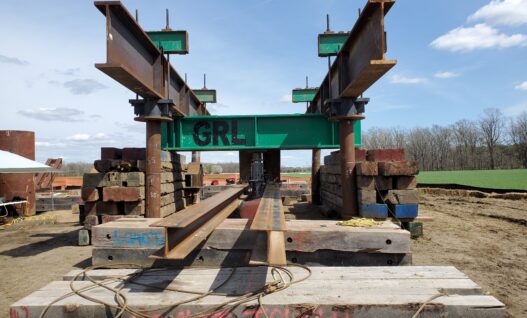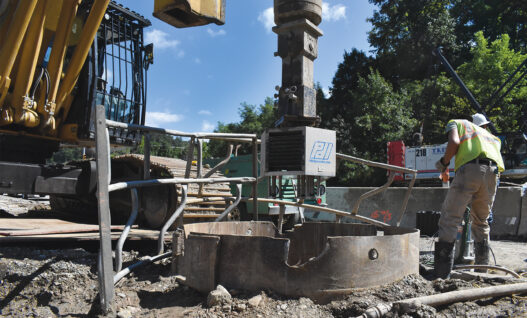
Deep Foundation Testing, Analysis, and Consulting Services.
GRL Engineers services range from small specialized testing jobs (such as evaluating unknown foundations)
to large-scale projects requiring the monitoring and analysis of hundreds of test piles nationwide.
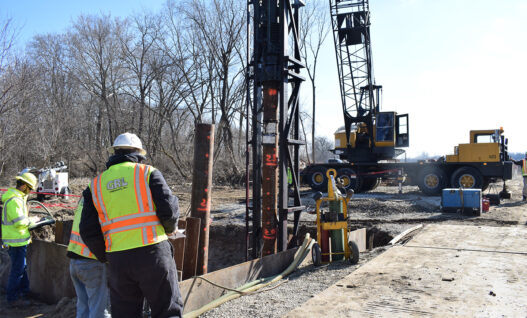
Featured
Statement of
QUALIFICATIONS
GRL Engineers, Inc, is a professional engineering firm established to provide specialized testing, analysis, and consulting services to the deep foundation industry. GRL operates the largest dynamic pile testing firm in the world, as well as an industry leading provider of integrity test methods for deep foundations including thermal integrity profiling, cross-hole sonic logging, and low strain integrity testing.
LEARN MORE ABOUT OUR ENGINEERS > DOWNLOAD STATEMENT OF QUALIFICATIONS
Services
Testing & Consulting
GRL Engineers offer a wide range of deep foundation testing and consulting services, nationwide. Most GRL Engineers have achieved Advanced Level or higher on both the PDCA/PDI Dynamic Measurement and Analysis Proficiency Test.
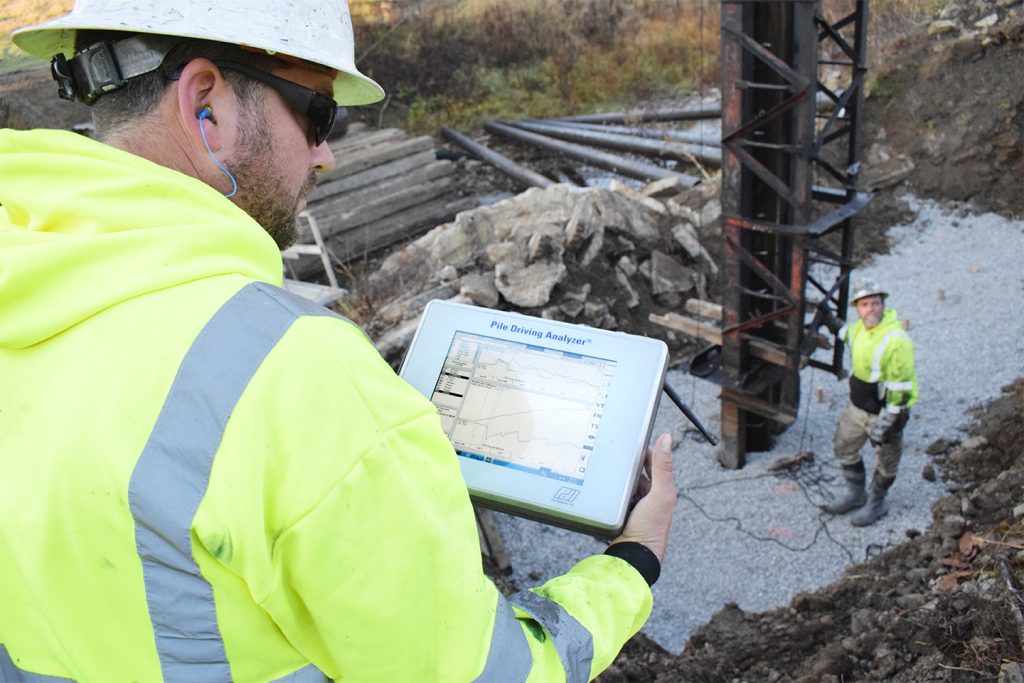
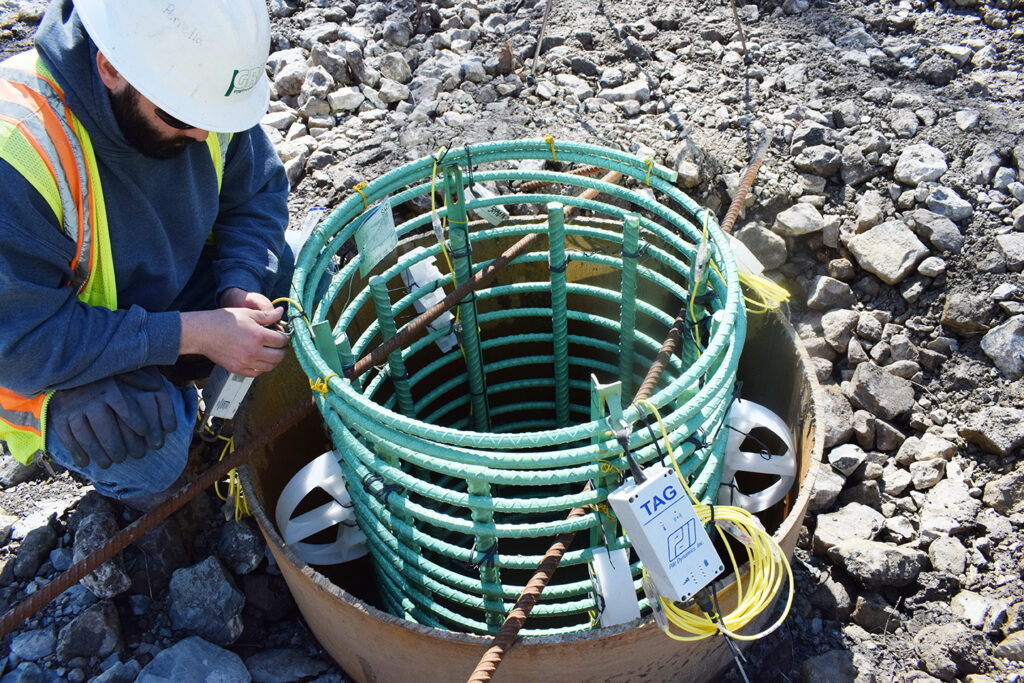
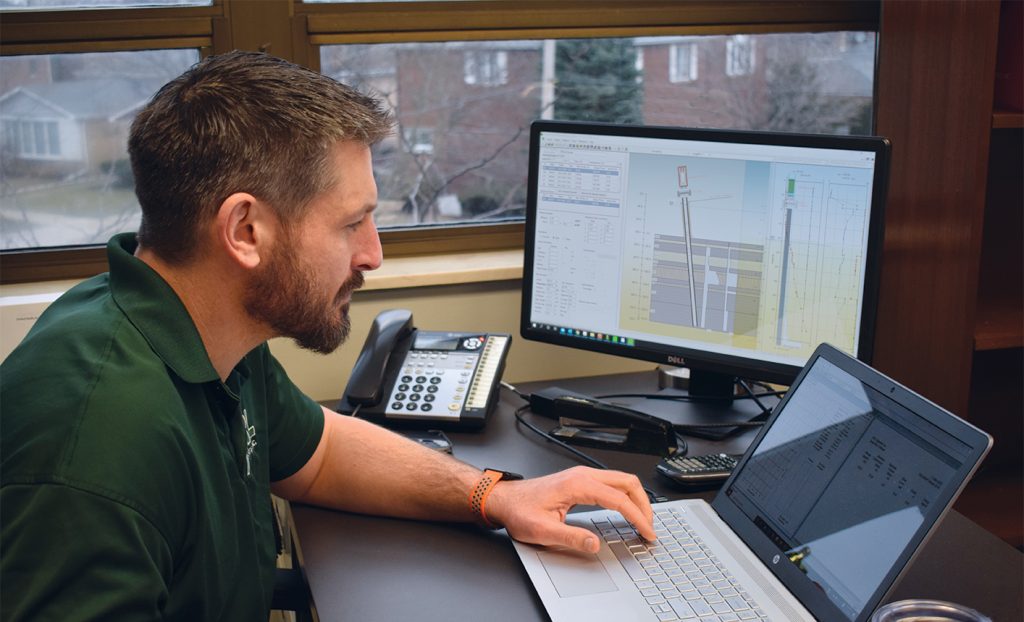
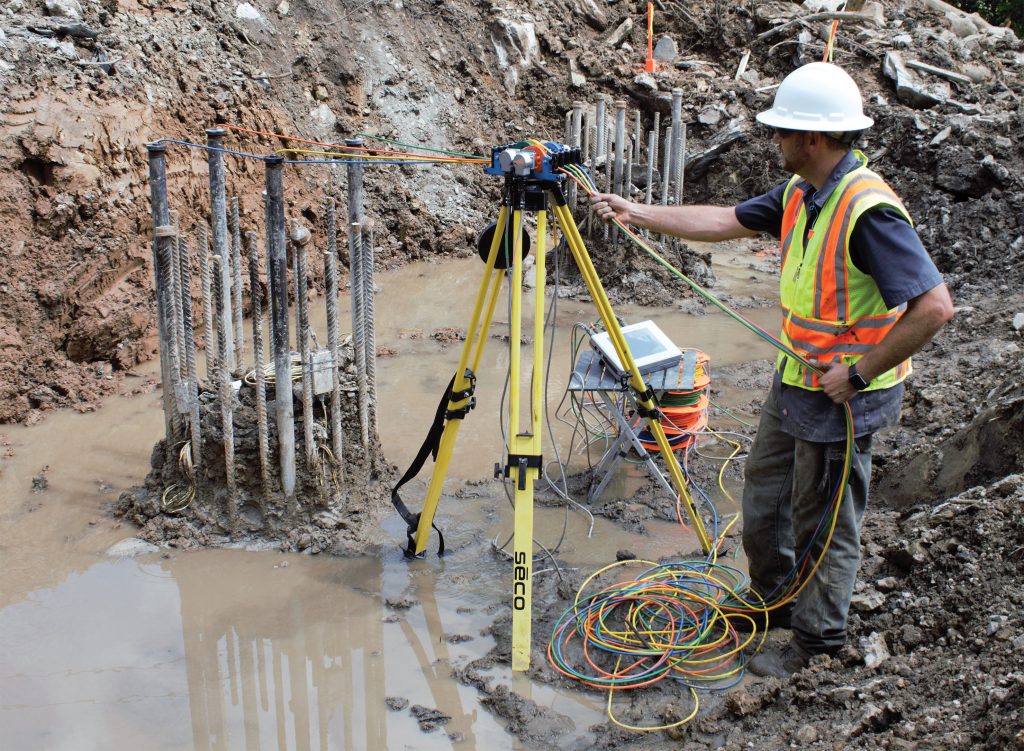
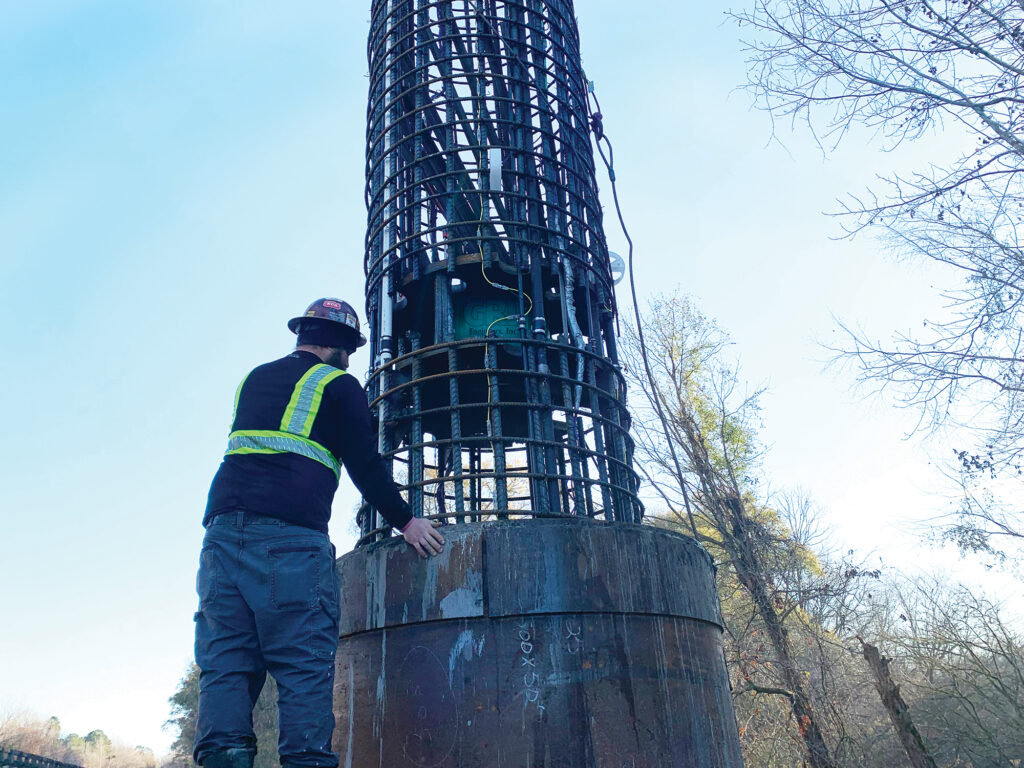
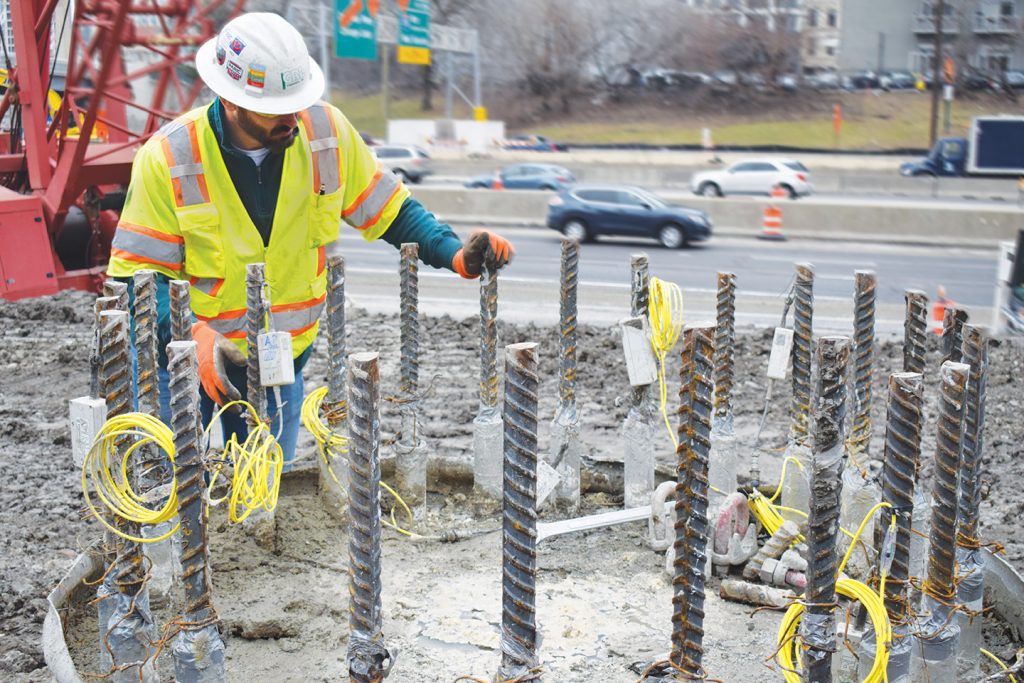
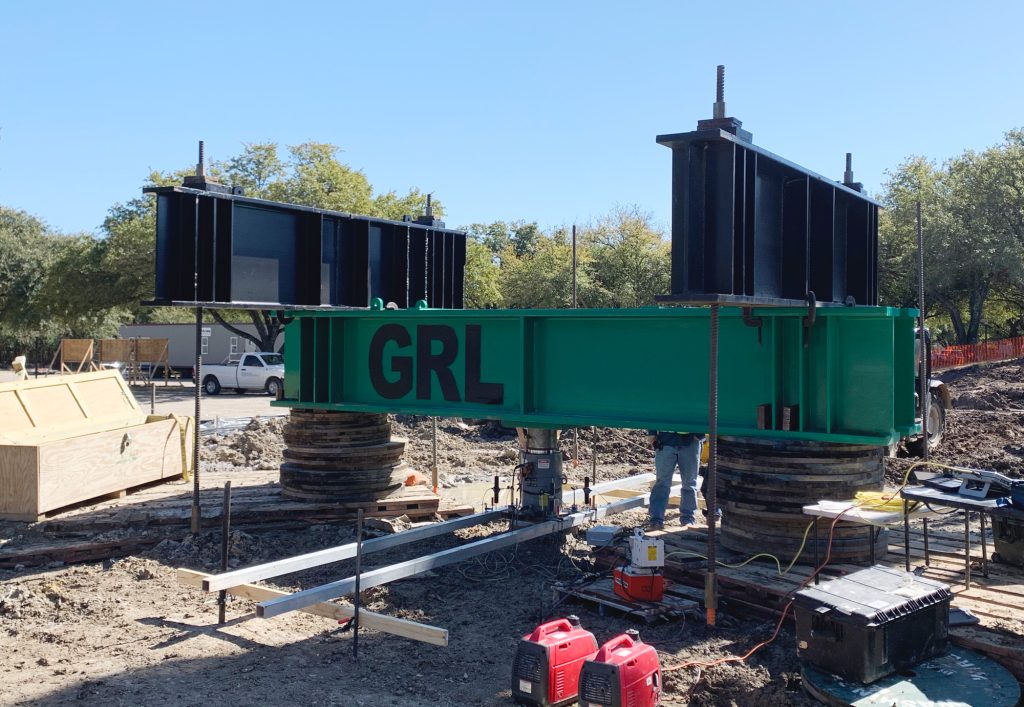
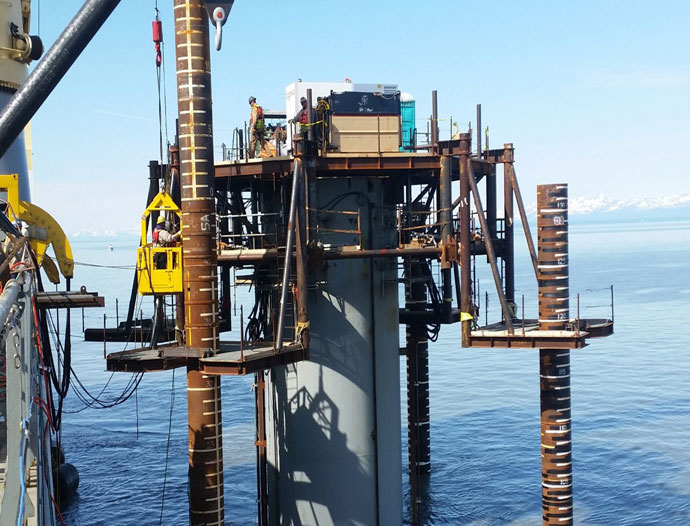
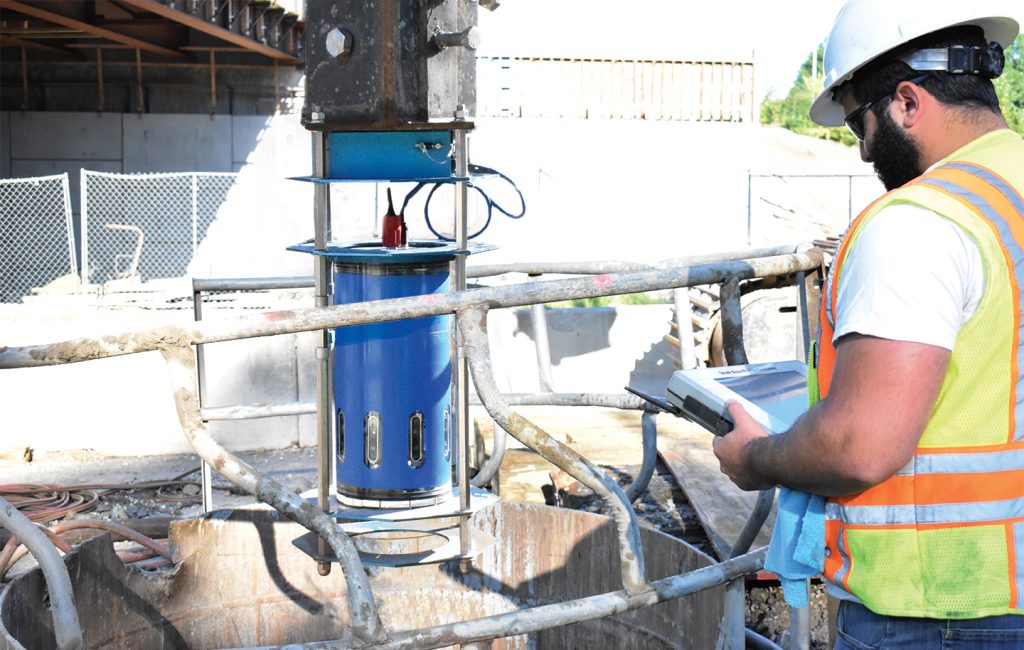
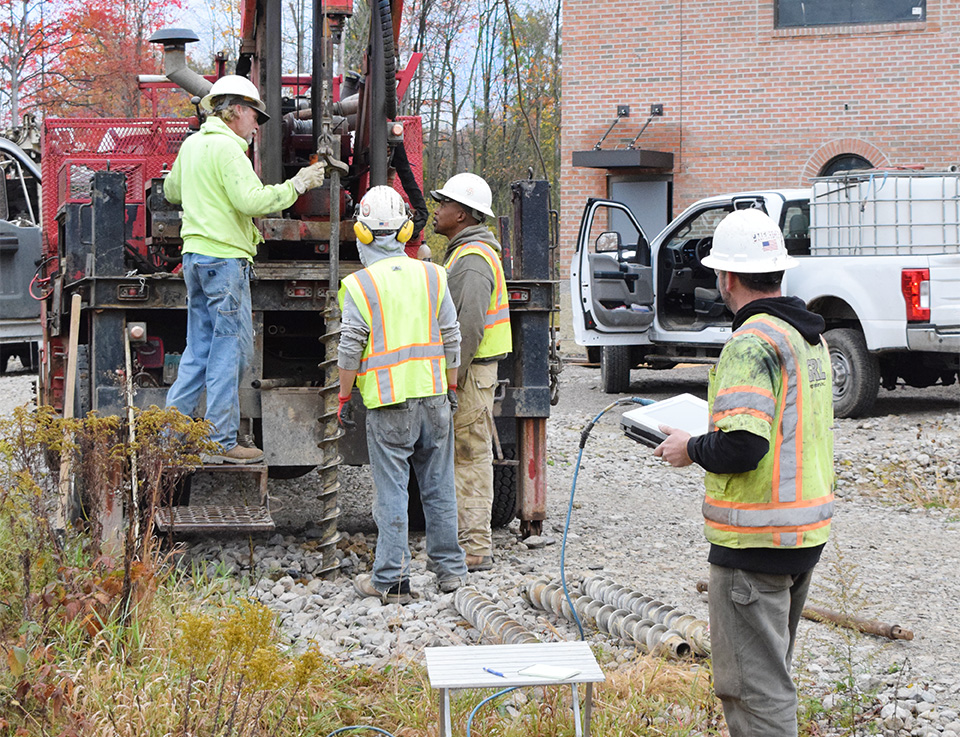
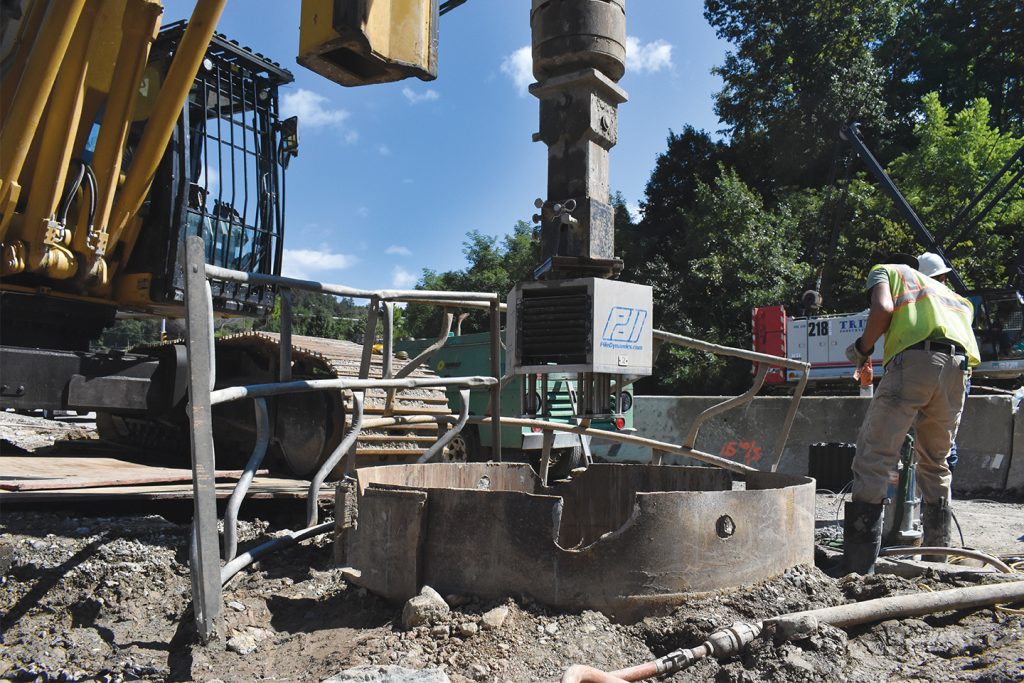

- PDA Pile Monitoring and Dynamic Testing
- Thermal Integrity Profiling (TIP)
- GRLWEAP14 Wave Equation Analysis
- Crosshole Sonic Logging (CSL)
- Bi-Directional Static Load Testing (BDSLT)
- Integrity Evaluation
- Static Load Testing (SLT)
- Offshore Foundation Testing
- Drilled Shaft Profile & Verticality Evaluation (SHAPE®)
- Energy Measurements
- Drilled Shaft Base Cleanliness Evaluation (SQUID™)
- Specialty Engineering Services

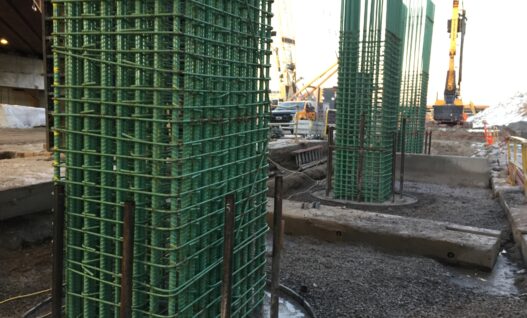
Central 70 Highway Project
